Ongoing Onboarding: How Duolingo Introduces New Skills
Continue to Ongoing Onboarding: How Duolingo Introduces New Skills…
Many of us have come to view online registration as a necessary evil. As part of our daily lives we access many secure applications for our healthcare and financial needs. It seems as though every site with which you’d like to create a relationship requires you to register at some point.
At Crux Collaborative we have conducted countless usability tests to help our clients better optimize their registration process, and what we have learned is simple… no one likes to register.
The registration process can often be perceived as an inconvenient roadblock standing between the user and whatever it is they are looking to do on your site. They will likely be trying to get through the process as quickly as possible by entering the least amount of information necessary to complete the process. Conversely, marketers often have a different goal than users and tend to lean towards asking a lot of questions in order to glean as much information as they can about their customers.
So, how do you strike a balance?
We recently evaluated a complex registration process for one of our clients with the goal of making the process as quick and painless for their users as possible. In our experience, there are a multitude of things that you can do to improve the registration experience for your users, while still getting the information that you need. Here are just a few of the ways that you can help to reduce the barriers that might exist for your users during registration.
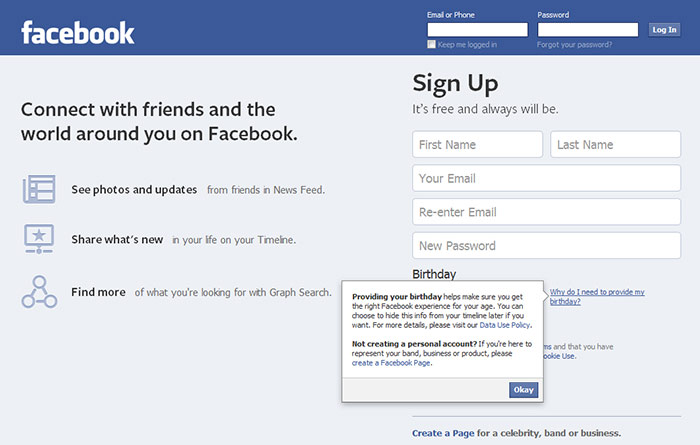
Example: Facebook
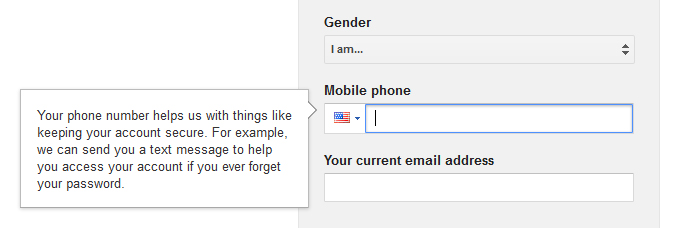
Example: Gmail
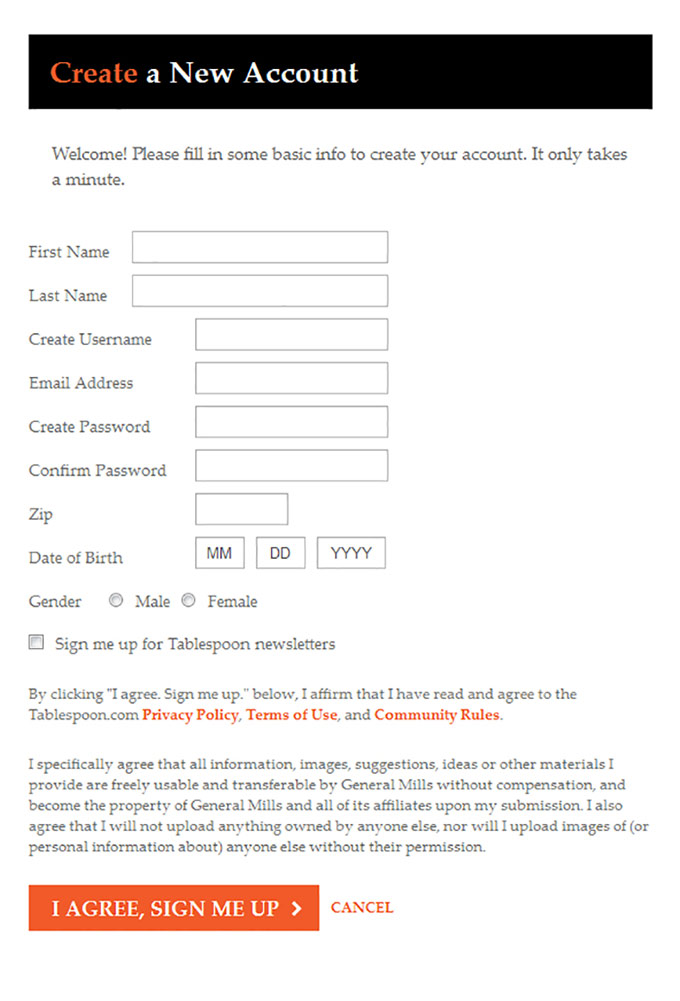
Example: Tablespoon
If your site requires you to have a multi-step registration process, it is important to manage your users’ expectations about how long it will take and what information they will need in order to complete registration.
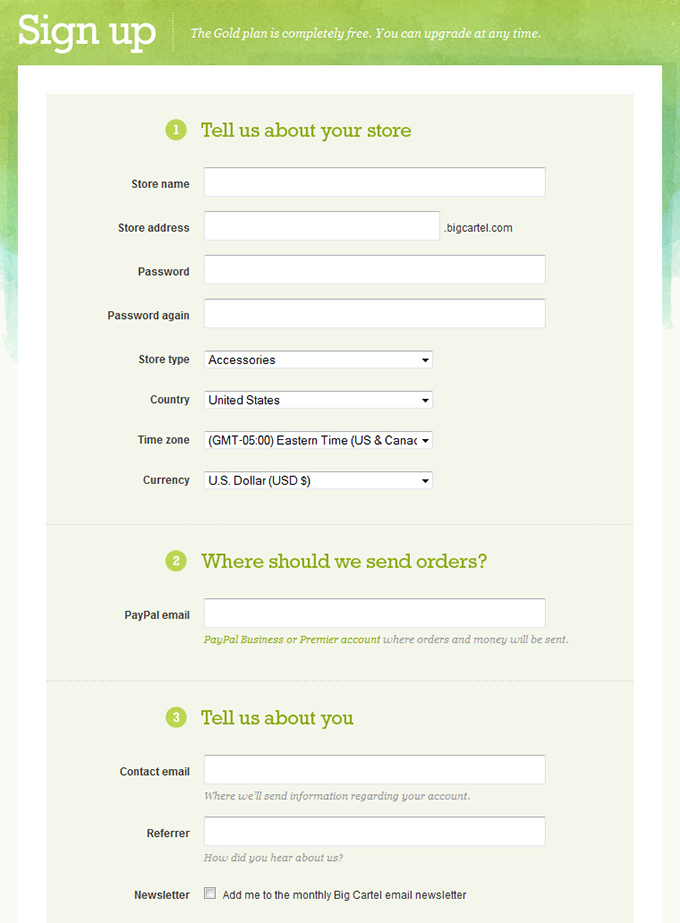
Example: Big Cartel
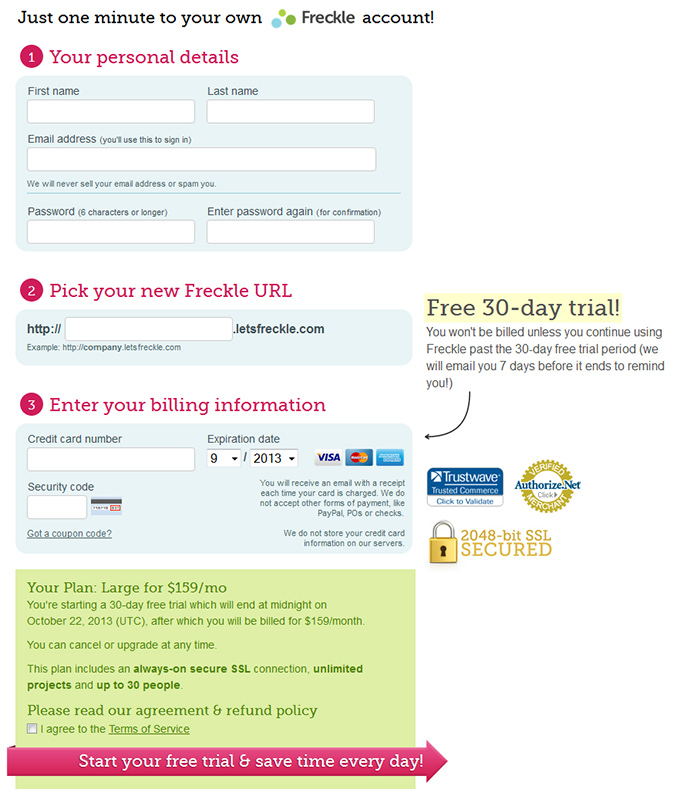
Example: Freckle Time Tracking
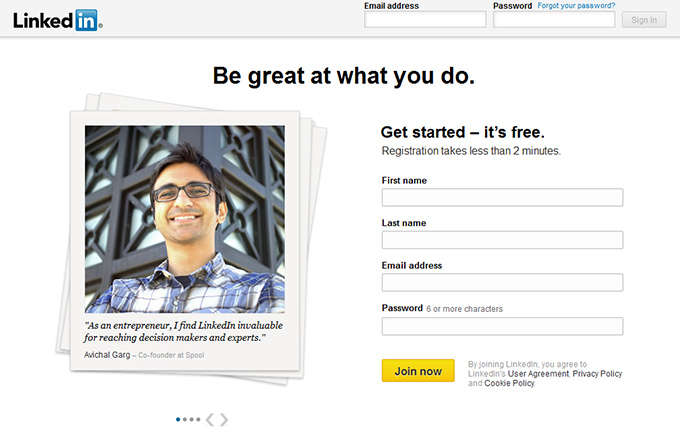
Example: LinkedIn
Creating a clear and easy to understand interface using forms is key to making the user not feel overwhelmed when they choose to register.
Not having the ability to fix an error is what causes many users to abandon online registration, and in turn, pick up the phone to call customer service.
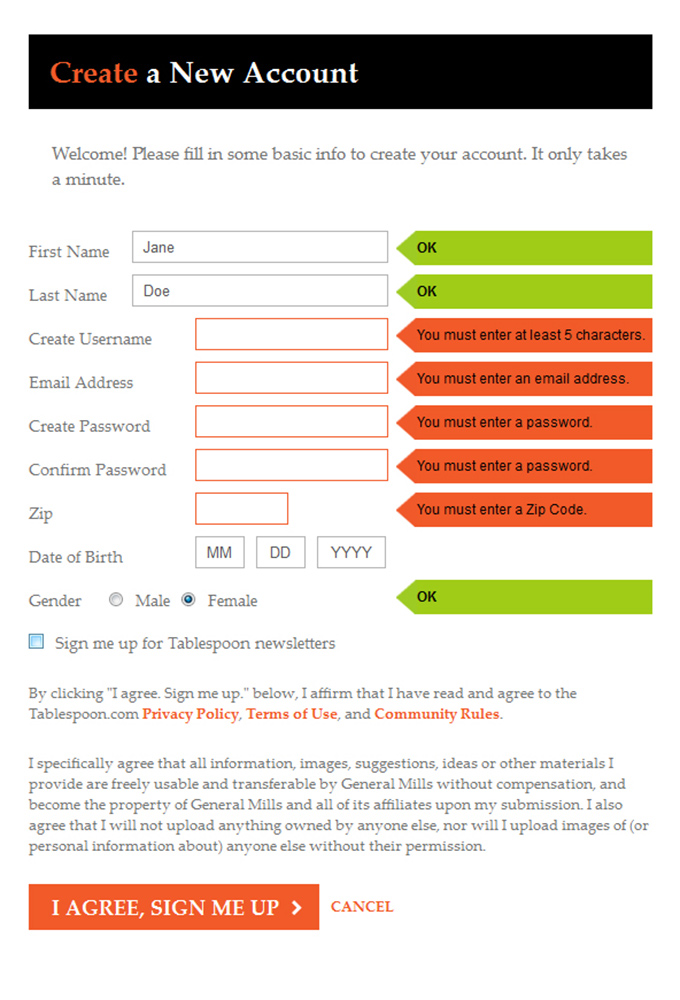
Example: Tablespoon
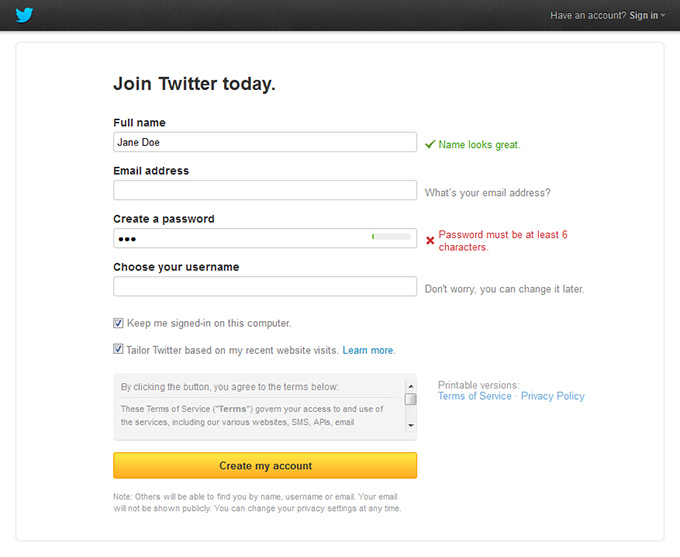
Example: Twitter
By taking these few steps to simplify and optimize the registration process, you can help your company improve task completion rates of your registration process while at the same time improving the experience for your users.
Have a complicated registration process you are trying to tame? Contact us to learn more about how we might be able to help you.
Continue to Ongoing Onboarding: How Duolingo Introduces New Skills…